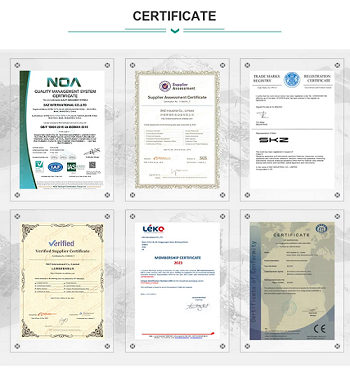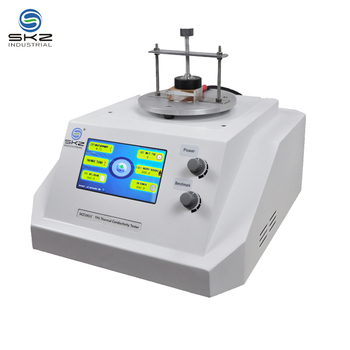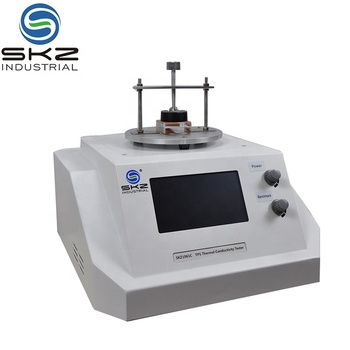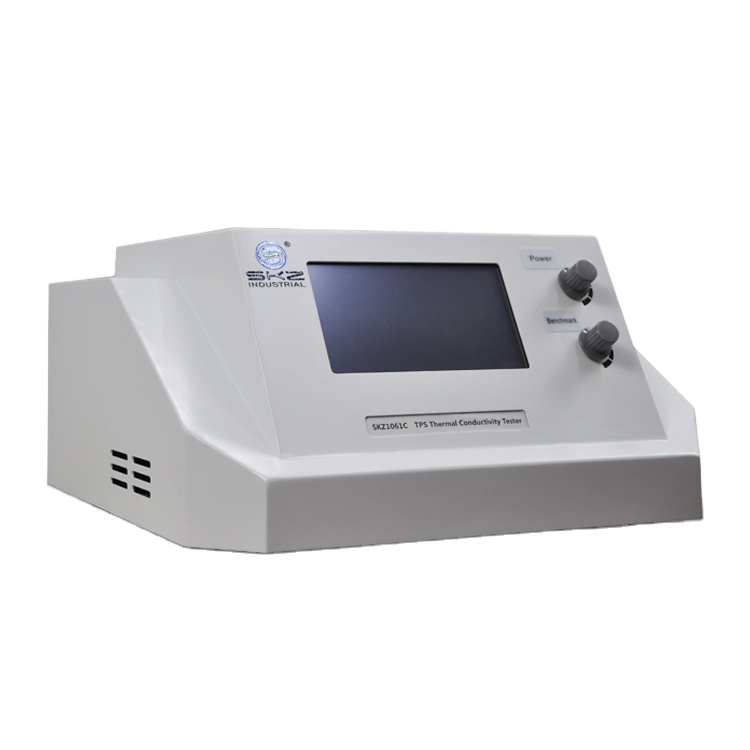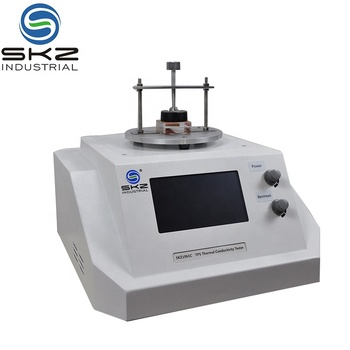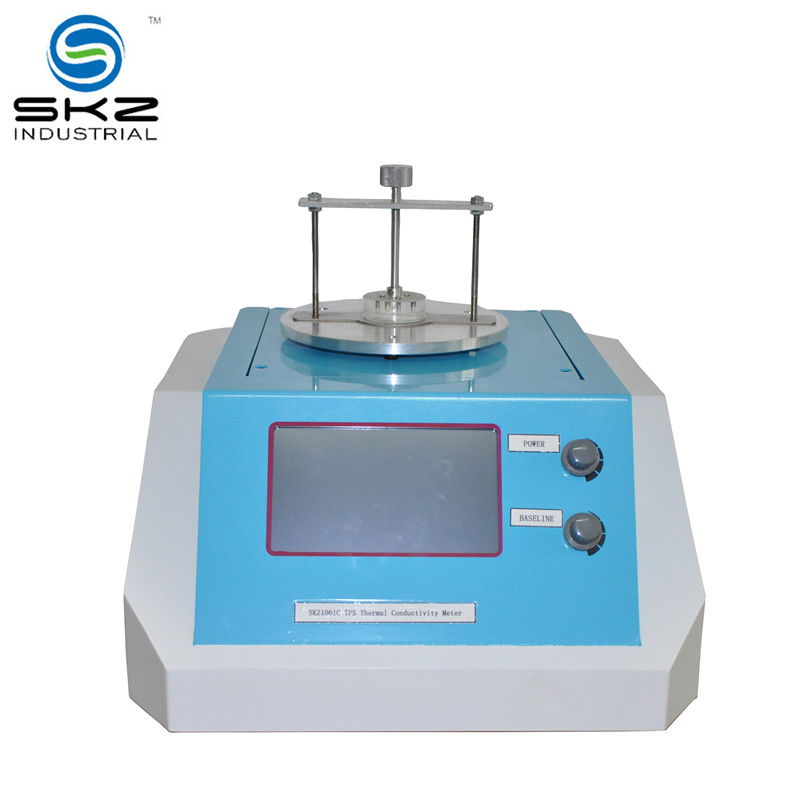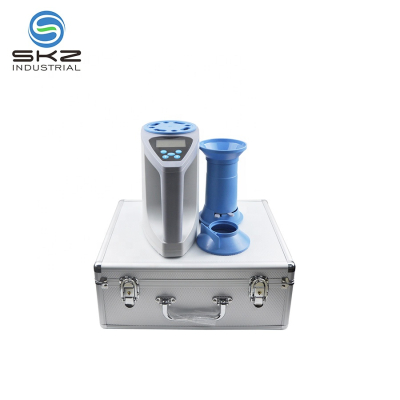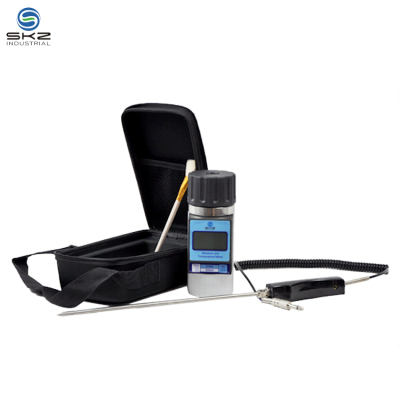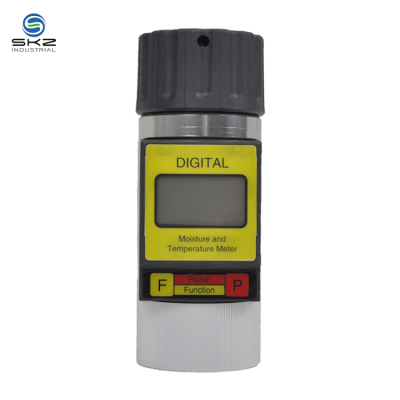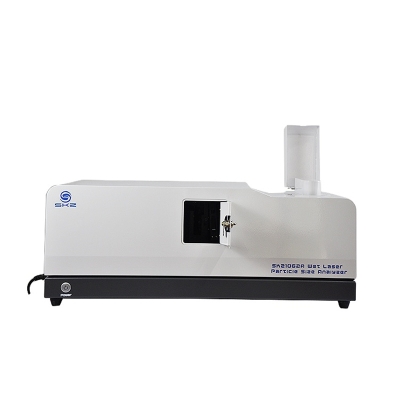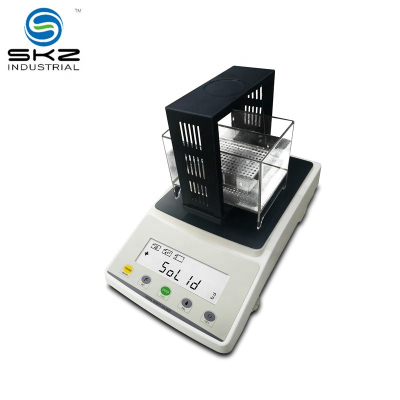TPS Thermal Conductivity Meter
1. Standard: ISO 22007-2 2008.
2. Direct measurement, testing time is about 5-160s, and can be set up, to quickly and accurately measure the coefficient of thermal conductivity, saving a lot of time.
3. Do not suffer the effects of thermal contact resistance.
4. No need special sample preparation, sample shapes without special requirements, bulk solids, only need the relatively smooth surface and satisfies the length and width of at least twice the diameter of probe can be.
5. Non-destructive testing on samples, samples can be reused.
SKZ1061C Thermal Conductivity Meter real video, click here and follow us on Facebook and Youtube. Learn more about thermal analyzer, click here.
TPS Thermal Conductivity Meter SKZ1061C
Product detail
It can be used for various heat conduction properties of different types of materials testing. Transient Plane Source method is to study the thermal conductivity method, the latest one, which makes measurement technology to a whole new level. In the study of material capable of fast and accurate measurement of thermal conductivity for the enterprise quality control, material production and laboratory studies provide a great convenience. The instrument is easy to operate, simple to understand, will not cause damage to the sample.
Test object
Metal, ceramics, alloys, minerals, polymers, composite materials, paper, fabric, foam (smooth surface insulation material, plate), mineral wool, cement walls, glass-reinforced composite plate CRC, cement polystyrene board, sandwich concrete, glass and steel panels composite plates, paper honeycomb panels, gel, liquid, powder, granular and pasty solid.
Works
Transient Plane Source technology (TPS) is a new method for measuring the thermal conductivity, by Professor Silas Gustafsson Sweden Chalmer University of Technology developed on the basis of the hot wire method. Principle which measures thermal properties is based on the transient temperature heating step infinite medium disc-shaped heat generated response. Thermal resistance material formed utilizing a flat probe, both as a heat source and a temperature sensor. Relationship between thermal resistivity-temperature alloys and resistance linear relationship, that is by understanding the change in resistance can know heat loss, reflecting the thermal conductivity of the sample. I.e., the probe of this method is the use of a continuous double helix structure of the conductive foil after etching alloy formation, the outer layer of the double insulating protective layer thickness is thin, so that the probe has a certain mechanical strength and maintain the sample between The electrical insulation. During testing, the probe is placed in the middle of the sample tested. When the current through the probe, a certain increase in temperature, the heat generated simultaneously to both sides of the sample probe diffusion, thermal diffusion rate depends on the heat transfer characteristics of the material. By recording the temperature response time of the probe, the mathematical model can be obtained directly from the thermal conductivity.
Technical parameters
| Measure method | Transient Plane Heat Source, Unsteady Status |
Measurement physical properties | Direct access the thermal conductivity and thermal diffusivity |
Test object | Solid, liquid, powder, paste, colloid, granule |
Sample size request | No special requested |
Test Range | 0.005--300W/(m*K) |
sample temperature range | Room temperature--130℃ |
Probe diameter | 15mm/7.5mm |
Accuracy | ±3% |
Repeatability | ≤3% |
Measuring time | 5--160 seconds |
Power supply | AC 220V |
Total power | ﹤500w |
Detail photos
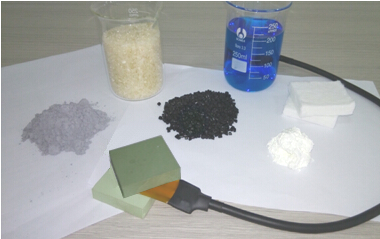

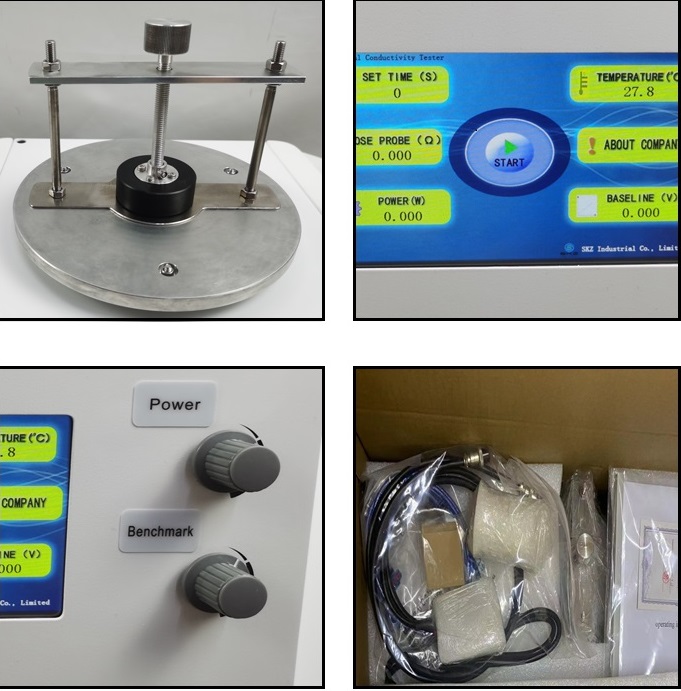
Packaging

Company profile

